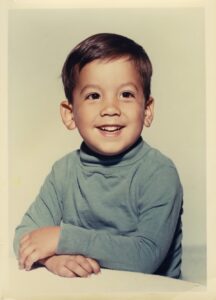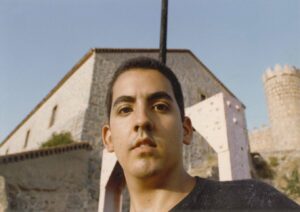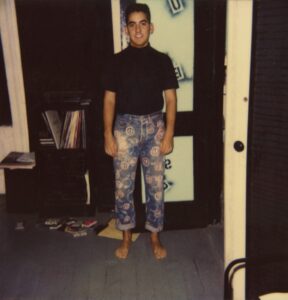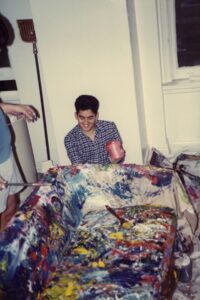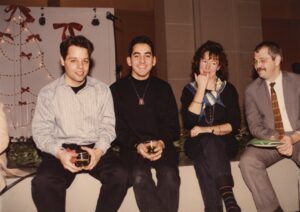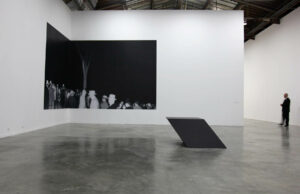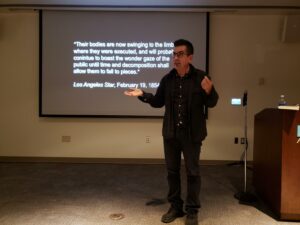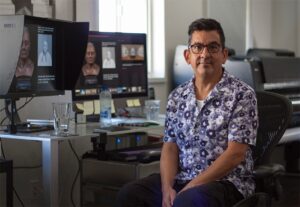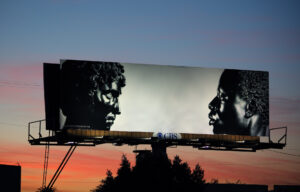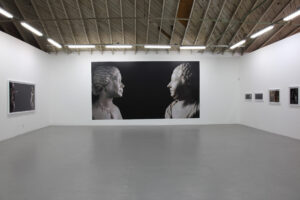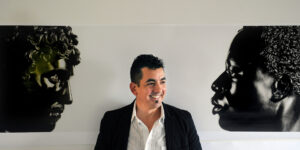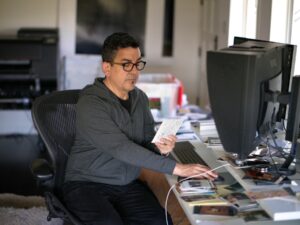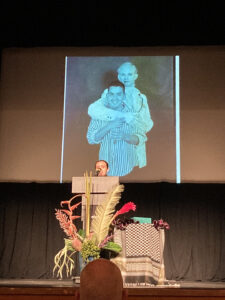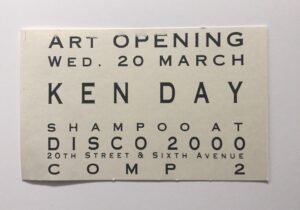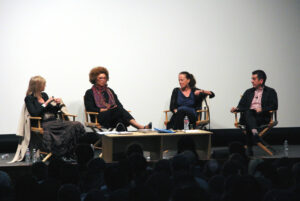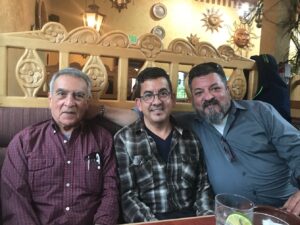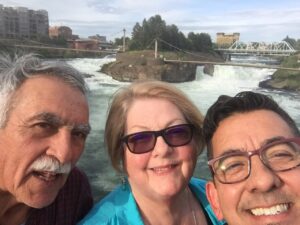Ken Gonzales-Day was born on November 11, 1964 in Santa Clara, CA, and grew up moving around cities all over the Bay Area. His white mother and Mexican-American father created a politically progressive environment at home. At 13, Ken’s family moved to Nampa, Idaho, where they raised livestock on 5 acres of land. Ken became involved in the art club at school, and drew in his spare time between classes. His classmates called him “queer” and “fag” and mocked him for his small stature. At the same time, he also was exploring his queer sexuality and had his first romantic experiences.
By 17, Ken was determined to get out of Idaho. He went on exchange for a year in Liege, Belgium, where his host family encouraged him to attend art school. He studied college-level studio art there, then attended the Parsons School of Design in New York City.
As Ken arrived in New York City in 1983, he began witnessing queer life for the first time — visiting gay bars, seeing openly gay couples in public, interacting with queer classmates. As Ken completed his degree, he worked as an art curator, then went full-time with his personal art practice. His early exhibitions went up at nonprofits, A.I.R., and ABC No Rio in New York City. Outside of work, he explored New York’s vibrant club culture, partying and dating around.
In the 1980s, he also watched the AIDS crisis rip through New York City. He saw friends and community members pass away, from AIDS-related complications or from suicide. He got involved in queer rights activism, attending ACT UP and Queer Nation meetings.
Towards the end of the decade, Ken returned to school to earn his Master’s in art history. He met his now-husband, Gary, who he married as soon as the gay marriage ban was lifted in California and then again in 2016 when marriage equality passed federally. He also came out as gay to his family alongside his brother, Michael. His parents were very accepting, and both brothers found solidarity with each other in navigating their queer identities.
As he came to Southern California, Ken used his art practice as historical and political activism. While working on a book focusing on Latino portraiture images in California from 1815-1900, he discovered the often-overlooked stories of the racialized violence experienced by Latino, Chinese, and Native American people in the history of California, which he explored in his “Erased Lynching” photography series. His depictions of men together and women together went up on billboards in the months leading up to the overturn of the gay marriage ban in California. And for the Getty’s Pacific Standard Time project, he paid homage to the murals of Los Angeles with his “Surface Tension” exhibit.
Now, Ken teaches as an art professor at Scripps College. He focuses his lessons on helping students understand visual culture, representation, and valuing non-traditional approaches in their daily lives. Most of all, he guides his students and those around him to embrace difference, both within and beyond art.

